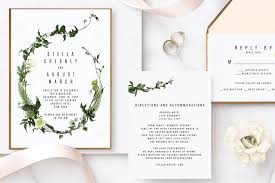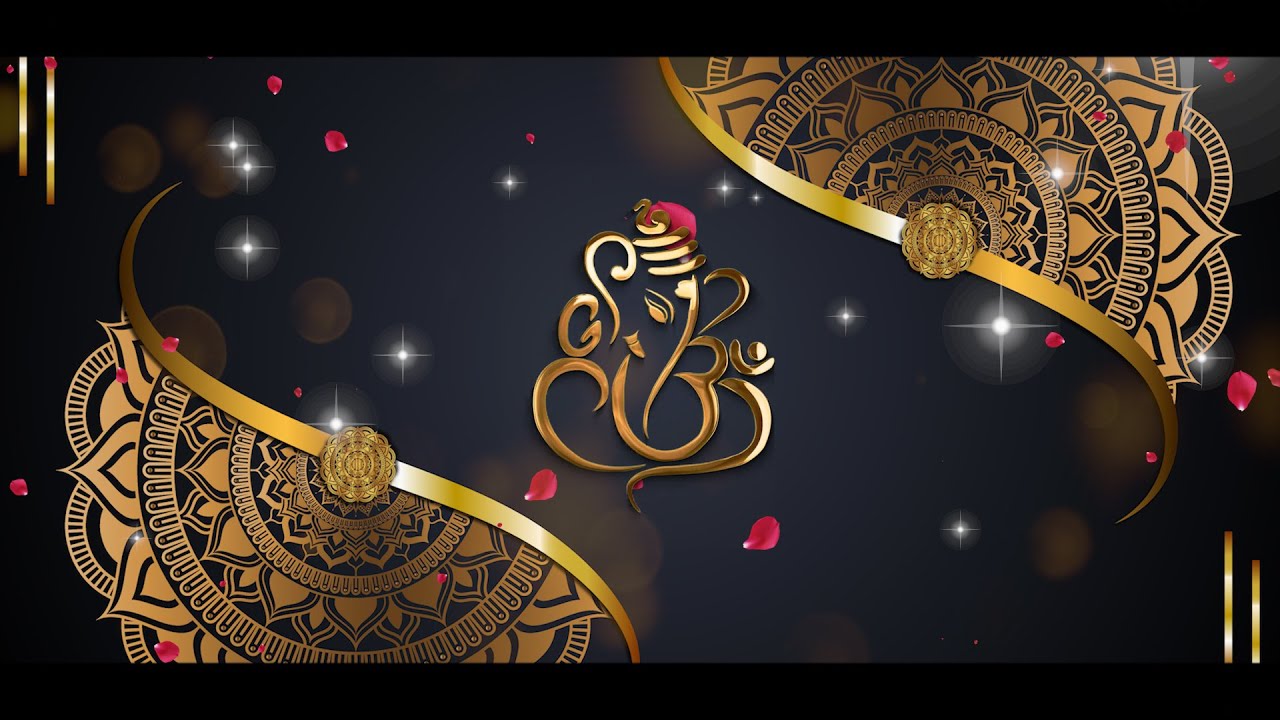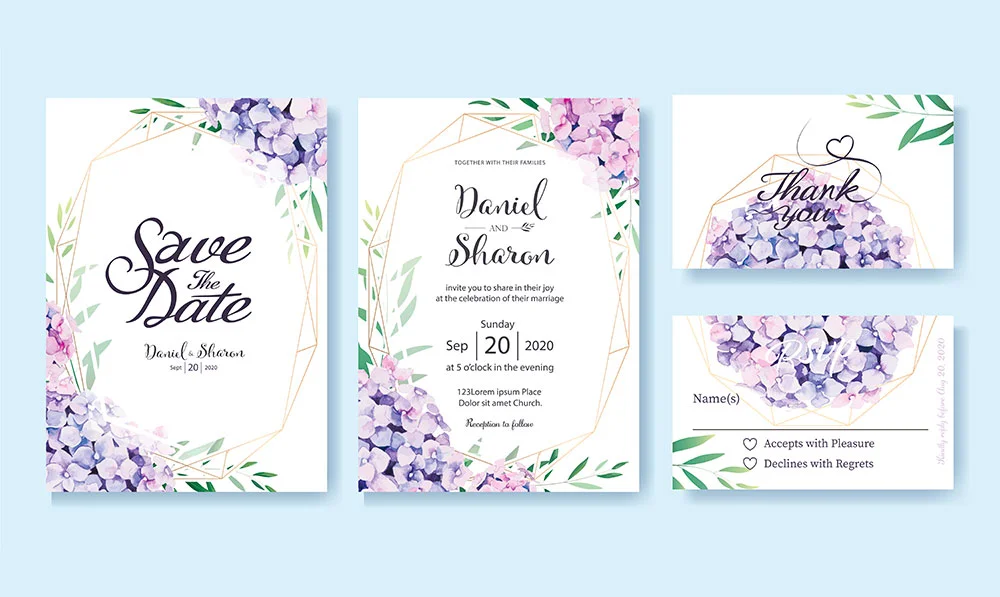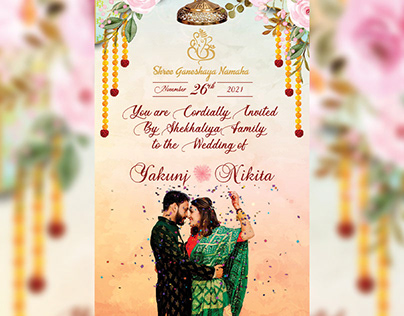Should Wedding Invitations Be Mailed or Emailed?

Strong 8k brings an ultra-HD IPTV experience to your living room and your pocket.
In today’s digital age, couples planning their weddings face the important decision of how to send their wedding invitations. Traditionally, wedding invitations were always mailed, but with the rise of technology, wedding invitations online have become an increasingly popular choice. The debate on whether to send invitations through traditional mail or via email hinges on factors such as budget, formality, environmental impact, and the overall tone the couple wants to set for their special day. In this article, we’ll explore both options and weigh their pros and cons to help you make an informed decision.
1. The Traditional Touch: Mailing Wedding Invitations
Mailing wedding invitations has been the gold standard for centuries. There’s a certain charm to receiving a beautifully crafted paper invitation, embossed with elegant lettering, arriving in a personalized envelope. This method is particularly favored for more formal events and can be an important part of the wedding’s overall aesthetic. Here are some reasons why many still choose this route:
Pros:
Formality and Elegance: Physical invitations are often perceived as more formal and traditional. They can be designed with intricate details such as embossing, foil printing, or custom calligraphy, which adds a sense of luxury and sophistication.
Tangible Keepsake: A mailed invitation can serve as a keepsake. Guests may hold on to the invitation as a memento of the special day, and it can become a cherished part of their wedding memories.
Personal Touch: For some couples, the act of selecting, writing, and mailing invitations can feel more personal. The process itself, including addressing the envelopes and possibly handwriting messages, can provide a sense of connection to the guests.
Cons:
Higher Costs: Printing and mailing paper invitations can quickly add up, especially if your guest list is large. There are expenses associated with design, printing, postage, and potential follow-ups for RSVPs.
Time-Consuming: Mailing out invitations requires significant time and effort—whether it’s addressing each envelope by hand or organizing and managing the distribution. This can be stressful for busy couples.
Environmental Impact: Paper invitations contribute to waste, and many couples are now seeking more sustainable options to reduce their carbon footprint.
2. The Convenience of Emailing Wedding Invitations
Emailing wedding invitations is a more recent innovation, made possible by advances in technology and the widespread use of digital communication. Online wedding invitations offer a modern alternative to the traditional mailed invitation. Let’s dive into the advantages and disadvantages of sending invitations digitally.
Pros:
Cost-Effective: Sending wedding invitations by email eliminates the costs associated with printing and mailing. It is an affordable option, especially for those on a budget or planning a larger wedding.
Instant Delivery: One of the main benefits of emailing invitations is the speed. Your guests will receive their invitations almost instantly, which can help in saving time when sending out last-minute invites or reminders.
Environmentally Friendly: Digital invitations are eco-friendly. By going paperless, you reduce waste and contribute to less paper consumption, which is an important consideration for couples mindful of the environment.
Easy to Track RSVPs: When you send wedding invitations online, tracking RSVPs becomes seamless. Digital invitations often include a built-in RSVP function, allowing guests to respond quickly and effortlessly. This can help you better manage your guest list and avoid manual follow-ups.
Cons:
Less Personal: While digital invitations are convenient, they may feel less personal to some guests. Email invitations lack the tactile experience and sentimental value of a physical invitation.
Possible Technical Issues: Some guests, particularly older family members, may not be as comfortable with digital invitations. There's also the risk of emails being lost in spam folders or overlooked altogether.
Perception of Informality: Depending on the wedding’s theme and the couple’s preferences, emailing invitations may come across as less formal, which might not align with the desired atmosphere for a traditional or upscale event.
3. Factors to Consider When Choosing Between Mail or Email
When deciding between mailed and emailed wedding invitations, it’s important to think about several factors that align with your preferences and priorities:
Wedding Style and Tone: If you’re hosting a formal, black-tie event, mailed invitations might better reflect the tone of your wedding. Conversely, if you're organizing a laid-back celebration or destination wedding, email invitations can be a perfect fit.
Guest Demographics: Consider your guest list. If it’s a tech-savvy group or a younger audience, online wedding invitations might be a more appropriate and appreciated choice. However, for older guests or those who may not be as comfortable with digital communication, mailed invitations could feel more personal and considerate.
Budget: If you're working within a tight budget, opting for wedding invitations online can free up funds for other aspects of the wedding, such as venue or catering. However, if you have room in your budget and want to make a grand statement, mailed invitations might be worth the splurge.
Environmental Concerns: If sustainability is a priority, choosing online wedding invitations can reduce the amount of paper waste associated with your wedding.
4. The Hybrid Approach: A Perfect Solution?
For many couples, a hybrid approach works best. You could choose to mail invitations for close family members or those who might prefer receiving something tangible, while emailing invitations for friends or younger relatives who are more comfortable with digital formats. This approach provides flexibility and ensures you meet the needs of a diverse guest list.
Conclusion: Enhancing the Experience with Motion Stamp
In recent years, online wedding invitations have gained immense popularity, offering a quick, cost-effective, and environmentally friendly alternative to traditional mail. For couples looking to elevate their digital invitations, one exciting option is Motion Stamp. Motion Stamp is an innovative tool that allows you to add personalized, animated stamps to your digital invitations, giving them a unique and dynamic touch. This addition can infuse more character and style into your online wedding invitations, making them stand out while keeping the benefits of modern technology.
Whether you choose to go the traditional route and mail your invitations or opt for the convenience and eco-friendliness of emailing them, it's essential to choose what fits your style, budget, and the experience you want to create for your guests. Whichever option you choose, the most important thing is that it reflects your personal taste and sets the tone for your celebration.
Note: IndiBlogHub features both user-submitted and editorial content. We do not verify third-party contributions. Read our Disclaimer and Privacy Policyfor details.







